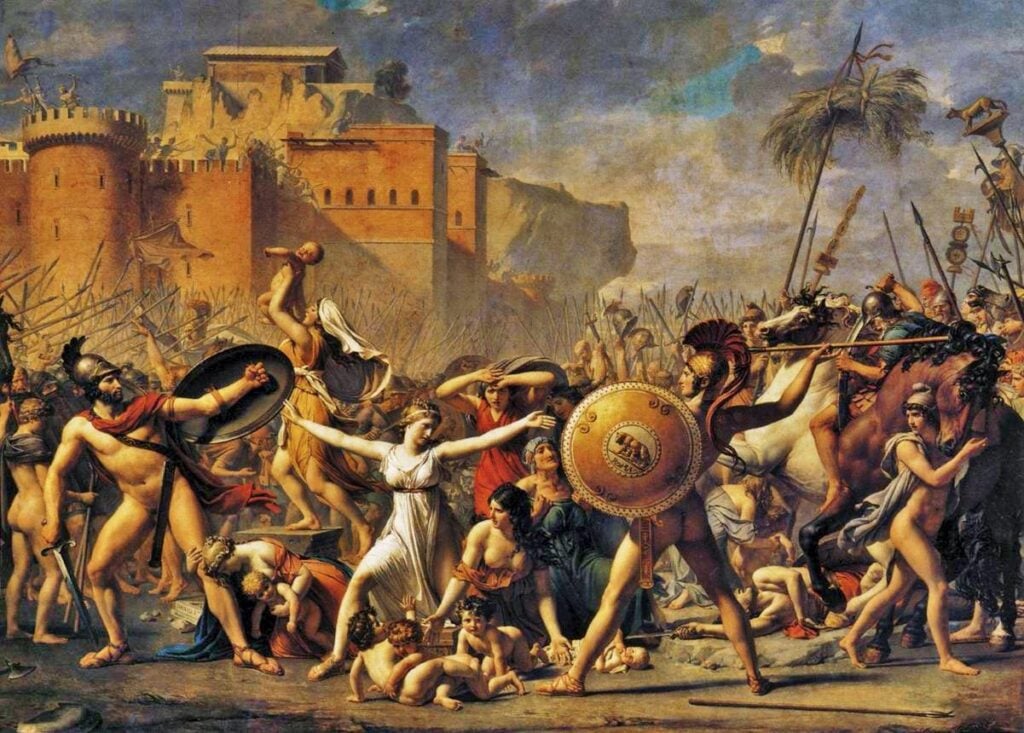The Battle of Thermopylae was fought between the alliance of Ancient Greek city-states which was led by King Leonidas I of Sparta and the Achaemenid Empire of Xerxes. But did you know that the site where the battle was fought still exists?
While you can still visit the Hot Gates of Thermopylae, a modern highway currently runs through the site where 300 Spartans held back the Persian armies for days. The statue of Leonidas stands a few feet from the road.
Where is Thermopylae?
Thermopylae is a place in Greece where a narrow passage existed. The name Thermopylae comes from the phrase hot gates which was in reference to the hot sulfur springs in the area. According to Greek mythology, the Hot Gates at Thermopylae is one of the entrances to the underworld where Hades resides. This is also where the battle between the Greek forces and the Persians occurred.
Go tell the Spartans, stranger passing by, That here obedient to their laws we lie.
Simonides of Ceos, Epitaph
In ancient times, Thermopylae was called Malis which is based on a Greek tribe that lived in Lamia called the Malians. (Source: Trip Advisor)
How Many Battles were Fought at Thermopylae?
Surprisingly, the Battle of Thermopylae was not the only battle fought in the area. Over several decades, there have been various wars and battles that have been fought at Thermopylae. Some of which are:
- Greco-Persian Wars
- Third Sacred War
- Gallic Invation of the Balkans
- Roman-Seleucid Wars
- Balkan Invasion by the Heruli
- Byzantine-Bulgarian Wars
- Greek War of Independence
- World War II
(Source: Trip Advisor)
The Modern Day Thermopylae
Today a highway runs through the Thermopylae. The narrow pass stretches from the east coast of central Greece, right in between the Kallídhromon massif and the Gulf of Maliakós. It has become quite the sight.
For years I have wanted to visit this most famous battlefield. Although I knew that the water had receded a great distance, I was still very surprised at how plain the area looks today. almost 3 thousand years ago the ground level was approx 45 meters lower, and the edge of the water was right there. Today, the land is flat, and as one travels on the highway there is suddenly a sign that you are at the battlefield. If you look to the right a statue of Leonidas catches your attention. This is within meters of the road. You will learn that this is where the king was slain. Across the road and back a few meters is a small rise where the remainder of the 300 were buried. There is a small museum that has several interesting video presentations. Staff there is friendly and eager to present their history.
James V on Trip Advisor
Over the following thirty years, Athens continued to fight battles with Persia for control of the dozens of Greek colonies in the Aegean Sea. It was not until 448 BCthat a treaty finally ended hostilities between Athens and Persia, and by that time Athens was the dominant power in the Aegean Sea.
Luiz R on Trip Advisor
(Source: Trip Advisor)
